
Exploring Performance Consistency in USB 3.0 Flash Drives
SSD technology has advanced to a stage where it is possible to have flash drives with bona-fide SSD controllers. The addition of a SATA to USB 3.0 bridge provides an ubiquitous high-speed direct attached storage interface. We have already looked at the Phison S9-based Corsair Flash Voyager GTX and the SandForce SF2281-based Mushkin Ventura Ultra. Our review of the Mushkin Ventura Ultra 120GB drive had a comment about the device's thermal throttling issues. This piqued our interest and we set out to see if any of the other units evaluated before had such issues. Obviously, we were also interested in determining whether our Ventura Ultra sample had the problem. In the case of throttling, we also wanted to make our review complete by bringing out the circumstances under which it would trigger. As we will see further down in this piece, our experiments did find evidence of throttling in the Mushkin Ventura Ultra.
Recently, we also received a sample of another SSD controller-based flash drive. Putting that drive through our throttling test revealed even worse results compared to the Mushkin Ventura Ultra. Upon our feedback, the manufacturer is contemplating a firmware update. In this piece, we will refer to the unit as 'BrandX 240GB' (a complete review of the unit with benchmark numbers will be published once the manufacturer provides us a resolution for the throttling issue). The list of DAS units put under the performance consistency scanner is provided below.
- Mushkin Ventura Ultra 120GB
- BrandX 240GB
- Corsair Voyager GTX 256GB
- LaCie Rugged Thunderbolt 500GB
- Mushkin Atom 64GB
Performance Consistency Evaluation Methodology
Our testing methodology for DAS units takes into consideration the usual use-case for such devices. The most common usage scenario is transfer of large amounts of photos and videos to and from the unit. In order to tackle this, we created three test folders with the following characteristics:
- Photos: 15.6 GB collection of 4320 photos (RAW as well as JPEGs) in 61 sub-folders
- Videos: 16.1 GB collection of 244 videos (MP4 as well as MOVs) in 6 sub-folders
- BR: 10.7 GB Blu-ray folder structure of the IDT Benchmark Blu-ray (the same that we use in our robocopy tests for NAS systems)
These folders were put in a RAM drive on our testbed. Using robocopy, each folder was copied from the RAM drive to the DAS (write benchmark) and back to the RAM drive (read benchmark). This process was repeated thrice. To check for performance consistency, we instrumented our benchmark script to record the flash drive's read and write transfer rates while the robocopy process took place in the background. For supported drives, we also recorded the internal temperature of the drive during the process.
Evaluation Results
Aspects that may influence performance consistency include thermal throttling and firmware caps on access rates to avoid overheating or other similar scenarios. This aspect is an important one, as the last thing that users want to see when copying over, say, 100 GB of data to the flash drive, is the transfer rate going to USB 2.0 speeds. The graphs below show the speeds observed during our real-world DAS suite processing with the instrumented benchmark script. The first three sets of writes and reads correspond to the photos suite. A small gap (for the transfer of the videos suite from the primary drive to the RAM drive) is followed by three sets for the next data set. Another small RAM-drive transfer gap is followed by three sets for the Blu-ray folder.
An important point to note here is that each of the first three blue and green areas correspond to 15.6 GB of writes and reads respectively. Throttling, if any, is apparent within the processing of the photos suite itself.
The Mushkin Ventura Ultra 120GB does throttle after the S.M.A.R.T temperature report reaches 45 C. In our testbed (ambient at 22C), this temperature was reached after approximately 18 GB of writes and 16 GB of reads without any interruptions. Beyond this, the write speeds got capped around 80 MBps (compared to the non-throttled 100 MBps), while the reads got capped around 100 MBps (compared to the non-throttled 140 MBps). The throttling allowed the temperature to stay below 50 C throughout our benchmark run.
BrandX, though, behaved differently. The temperature in the steady state settled around 53 C. Unfortunately, the throttling (after a similar amount of data transfer as the Mushkin Ventura Ultra) resulted in the write speeds getting capped at a paltry 20 MBps. The reads managed to remain around 80 MBps.
The Mushkin Atom is not meant to take the performance crown, and the advertised write speeds are in the 20 MBps range. Our benchmark run ran at a steady 15 MBps, while the reads didn't get throttled at all in our evaluation process.
The LaCie Rugged Thunderbolt drive is not a flash drive (unlike the other units considered in this piece). It is a bona-fide SSD in a USB 3.0 / Thunderbolt hybrid enclosure. It is no wonder that the transfer rates were hardly affected by the relatively small amount of data traffic. The real winner of our evaluation was the Corsair Voyager GTX. There is no performance degradation even after more than 120 GB of continuous traffic. It must also be remembered that we ran our robocopy benchmark with multiple queue depths in our original review (that was more than 480 GB of continuous traffic) and the table showed remarkable consistency. The instrumented benchmark run confirmed the same.
Concluding Remarks
Coming to the business end of the piece, it must be remembered that the capabilities must be compared keeping the price in mind. If cost is not an issue and the form factor is not an issue, the LaCie Rugged Thunderbolt is the hands down winner for a fast portable DAS unit with consistent performance. If cost is the primary concern, and one doesn't mind a little bit of throttling after around 18 GB of continuous write traffic, the Mushkin Ventura Ultra is a great choice at less than $0.6/GB. The middle ground (right balance of cost and fast, consistent performance, along with a traditional flash drive form factor) is held by the Corsair Voyager GTX. At more than $0.85/GB, it also serves as a reminder that one gets what they pay for.
Read More ...
Sponsored Post: ARM Wearables Week
The incredible rise of the smartphone market was a phenomena that caught virtually everyone off-guard. Though cellular phones had been ramping up in complexity for nearly 20 years, the sudden jump in consumer demand from “dumb” to “smart” is virtually unprecedented; very few technologies have been so thoroughly adopted in such a short period of time. At the center of all of this was ARM, whose processors and architecture powered nearly every single phone at the heart of the smartphone revolution.
Now with mobile device sales stabilizing and devices approaching “good enough” status, the consumer electronics industry finds itself looking at the future and what comes next. Looking to repeat the smartphone revolution, all eyes are on wearable computing, which is looking to build off of the technologies and lessons of smartphones to start bringing some of that processing power and functionality into some of the smallest and most personal devices yet.
As part of the broader conversation and development of wearables, next week ARM will be holding their ARM Wearables Week event. For this event ARM will be focusing on the technical issues facing wearables and how they can solve them – processing power, battery life, and meeting those aforementioned needs while fitting the entire package in an acceptable form factor. With Cortex-M and mbed among the many tools in their portfolio, ARM believes that the technology is right and the time is right for wearables to take off.
Highlights of the week will include interviews with industry experts and the Wearables Week Webinar with Omate, which will be providing a case study for wearables by looking at the development of Omate’s products. ARM will also be doing teardowns of various wearable devices such as the Samsung Galaxy Gear 2 Neo and LG G, to show how these devices are put together.
So be sure to check out the ARM Wearables Week website for the above and more as ARM continues to roll out new content throughout the week.
Read More ...
NVIDIA Announces Holiday SHIELD Tablet Update
A little over one week ago NVIDIA committed to bringing Android Lollipop to the SHIELD Tablet before the end of November. This was fairly noteworthy, as it represents a very quick turnaround time for shipping Android updates after Google releases the source code. Today NVIDIA has made a number of additional announcements about the SHIELD Tablet, including a release date confirmation for the Android Lollipop upgrade, news about imminent expansion of their GRID game streaming service, updates to NVIDIA's stock applications, and new game titles that have been designed to work with SHIELD.
The first part of the announcement is the announcement of the release date for the update to Android Lollipop. NVIDIA plans to begin the rollout of the update on Tuesday, November 18th, less than one week from today. Although NVIDIA is not the first manufacturer to begin to ship the Lollipop update, the speed at which they have done so is still extremely fast relative to how long it typically takes Android devices to receive updates. It's also impressive because NVIDIA has had to spend time updating their included applications like SHIELD Hub to follow Google's Material Design principles.
In addition to the Lollipop update, NVIDIA will also be including a substantial update for their Dabbler app, bringing it to version 2.0. For users who don't know, Dabbler is a sketching application that NVIDIA makes for the SHIELD Tablet to work with the stylus. Users who are familiar with Paper by FiftyThree for iPad will have an idea of what Dabbler is, but with Dabbler 2.0 NVIDIA is bringing a substantial improvement to the application with support for multiple layers in images, along with a new Material Design appearance. The addition of layers is only a single feature, but it brings Dabbler much closer to the features we see in professional art applications. Dabbler 2.0 also brings support for Twitch streaming so users can stream their drawing sessions, allowing users to watch the sketch being created.
The appeal of the SHIELD Tablet is its capability for playing games. Not just mobile games, but also a collection of PC games that NVIDIA has worked with game developers to bring over to SHIELD devices. Portal and Half Life 2 have already been available for some time now, but as you'll see above there's a new addition to the library of Valve games available for SHIELD, with Half Life 2: Episode One being made available for the platform. It will be available for purchase on its own to current owners, and it will also be available alongside Half Life 2 and Portal in a bundle called the Green Box, which will come free with the LTE model of the SHIELD Tablet. All that's left is to bring Half Life 2: Episode 2, and the SHIELD tablet will have all of the released titles in Valve's eternally incomplete set of episodic games.
In addition to Half Life 2: Episode 1, NVIDIA is telling users to keep an eye out for three new SHIELD-optimized games that are available on Google Play. The first is OddWorld: Stranger's Wrath which is an action-adventure game. The second is Pure Pool, which allows users to play pool with high quality 3D graphics. The third and final is Strike Suit Zero which is a space combat game.
The last, and possibly most exciting announcement of the day from NVIDIA, is the expansion of their GRID cloud gaming service. The idea of a cloud based service for streaming games is nothing new, and we're frequently promised that one that works well is right on the horizon, but it has remained fairly elusive. Based on the feedback from the beta that NVIDIA has been conducting in the Western U.S. with servers located in San Jose, California, GRID looks like it might be the first service to actually deliver on the promise of being able to stream your games over the net to a device that it could never be run on locally with good quality and minimal input lag. The service currently has over 20 AAA titles, including Batman Arkham City, Borderlands 2, and Psychonauts, with NVIDIA committing to add new games every week.
After conducting their beta in California, NVIDIA seems ready to begin expanding the service to other places around the world. The service will be available in North America by the end of this month, in Western Europe in December, and in Asia during the second quarter of 2015. It will be available on the SHIELD Tablet and original SHIELD portable, and best of all, until June 30, 2015 it will be available for free.
Read More ...
Windows 10 Technical Preview First Impressions: The Return Of The Desktop
Windows 10 is ditching the “One Interface to Rule them All” mentality, and moving to a more user friendly model of a single store across all platforms, and multiple interfaces to the same OS depending on the current usage model. We take a look at many of the new features in Windows 10 announced and previewed so far. This preview will be updated over the next several months, and a good portion of the initial preview is aimed at business users.
Read More ...
It's Official: Twitter is Profitable "Junk"
Twitter turns $7M USD profit, but its bonds are rated as junk
Read More ...
Nokia Explores Two Paths Back to the Smartphone Market
Nokia could license its brand to OEMs in Asia and elsewhere or it could sell smartphones manufactured by ODMs
Read More ...
Austrian Pilots Call Surface 3 Pro Flight Bag a "Dream Come True"
Airlinue purchases 950 Intel Core-i5 $999 USD Surface 3 Pro tablet/laptop hybrids
Read More ...
U.S. Marshals Using Fake, Airplane-based Cell Towers to Scan Cell Phones of Americans
Program has been in operation since 2007, and scoops up the information of innocent Americans in the process
Read More ...
Microsoft: All* Lumias Will Get Windows 10; Adds Real-Time Battery Live Tile
Microsoft strengthens its commitment to customers with older devices
(*all Lumias, meaning all since 2012's Windows 8 and on)
Read More ...
NOAA Misled Congress About Hack From China, Finally Owns up to Breach
Auditors from Commerce Department had been complaining since 2009 about weak security, but NOAA did little, if anything
Read More ...
SanDisk Unveils Pricey iXpand USB 2.0/Lightning Drive to Expand iPhone, iPad Storage
The iXpand starts at $59.99 for 16GB of storage
Read More ...
Sharp Cranks Out 4.1” Display with Pixel Density of 736 PPI, Will Sample in 2015
Sharp targets 2016 for volume production
Read More ...
Xbox One Cumulative Shipments Approach 10 Million, Sales Tripled After Nov 2 Price Cut
The November 2 price cut gave the Xbox One a much needed shot of adrenaline
Read More ...
Android Wear Gets Some Lollipop Lovin’ in New Leak
Update is set to land in December
Read More ...
Available Tags:USB 3.0 , USB , NVIDIA , Tablet , Windows , Twitter , Nokia , Smartphone , Hack , iPad , Sharp , Xbox , Android ,

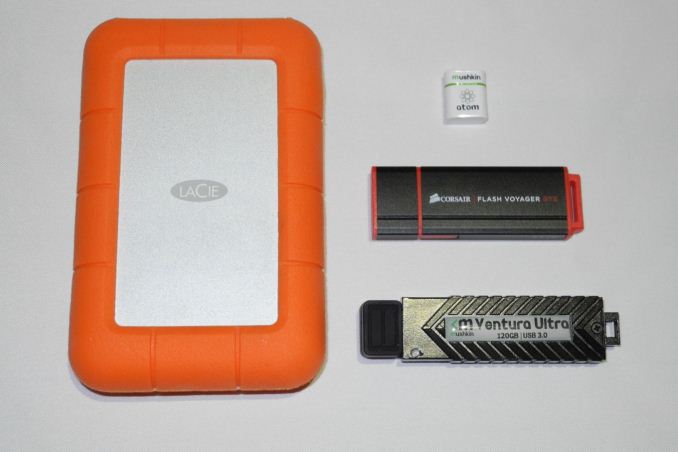
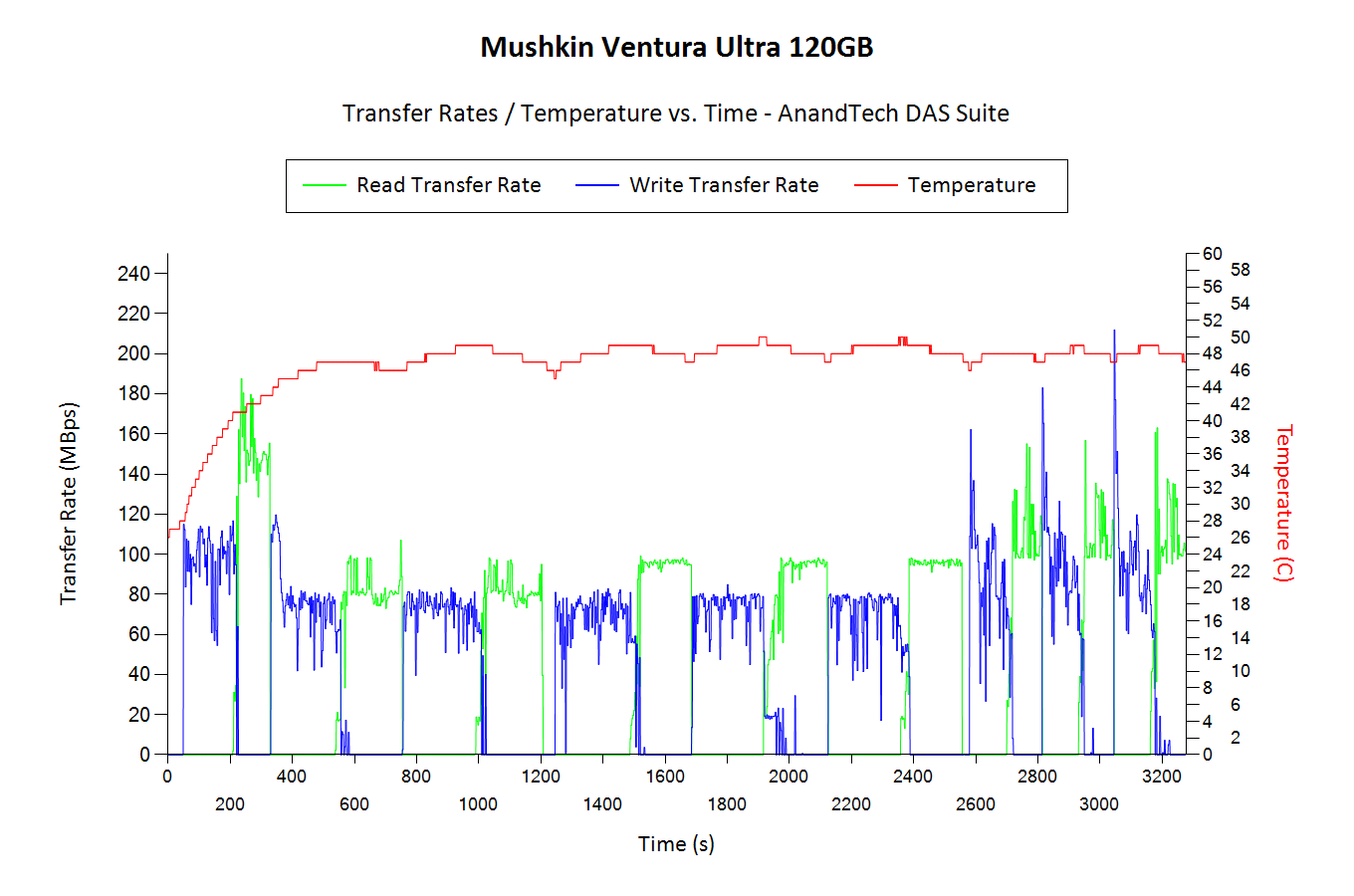
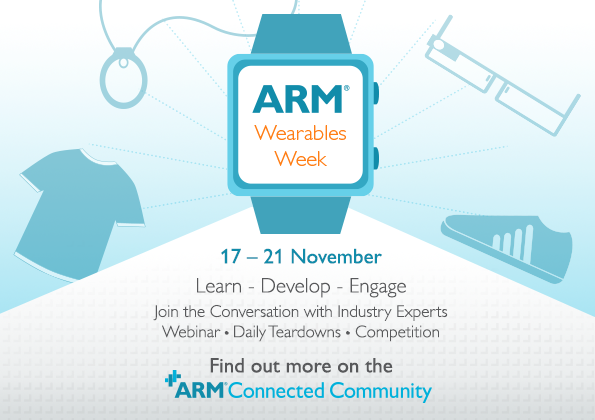
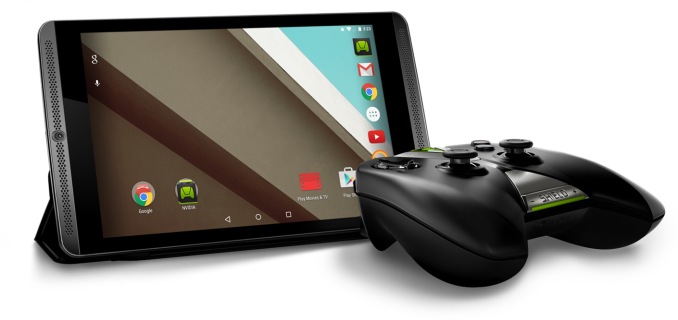
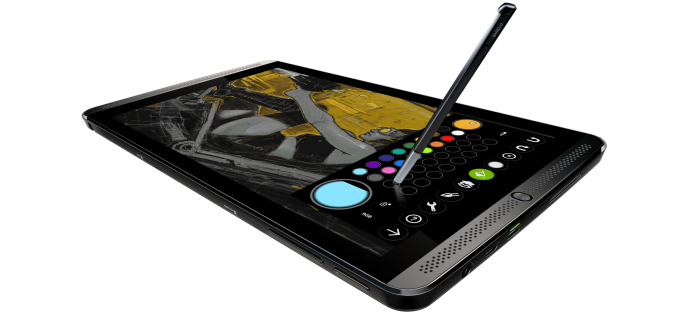

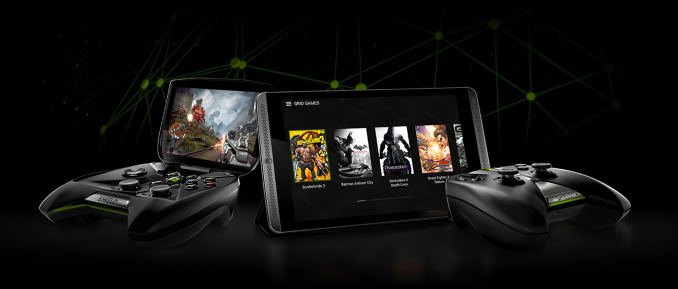
No comments:
Post a Comment